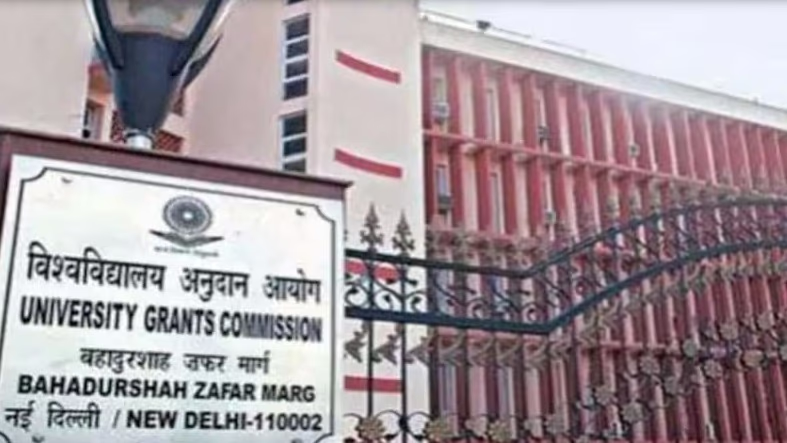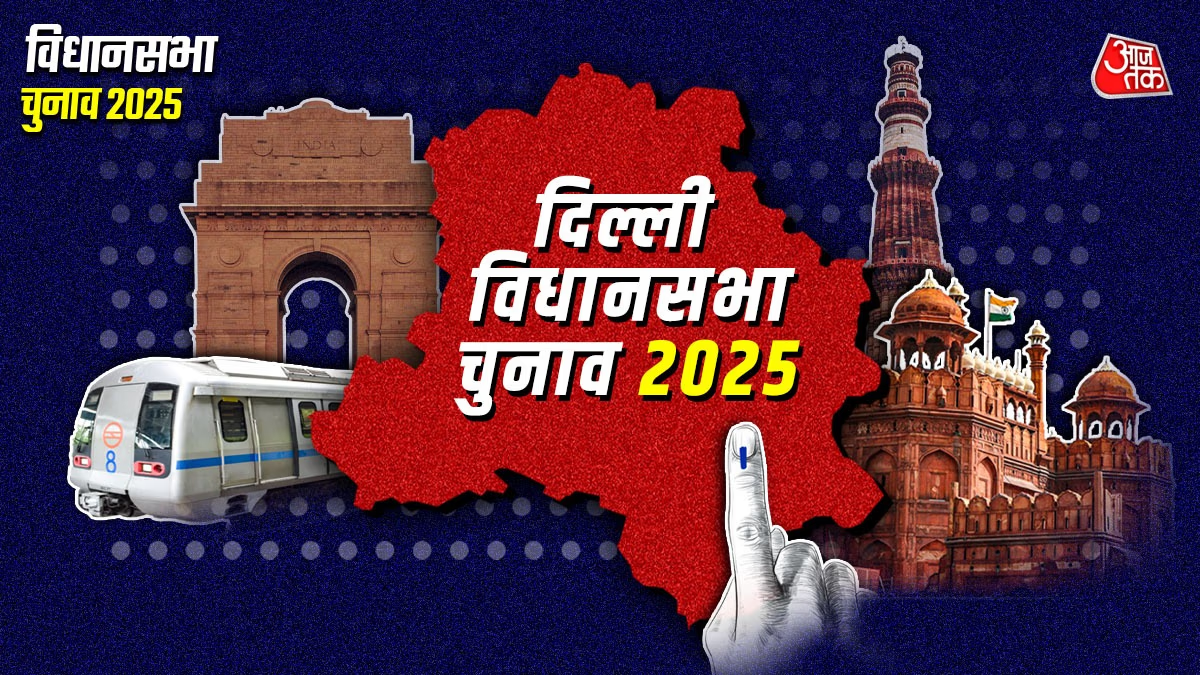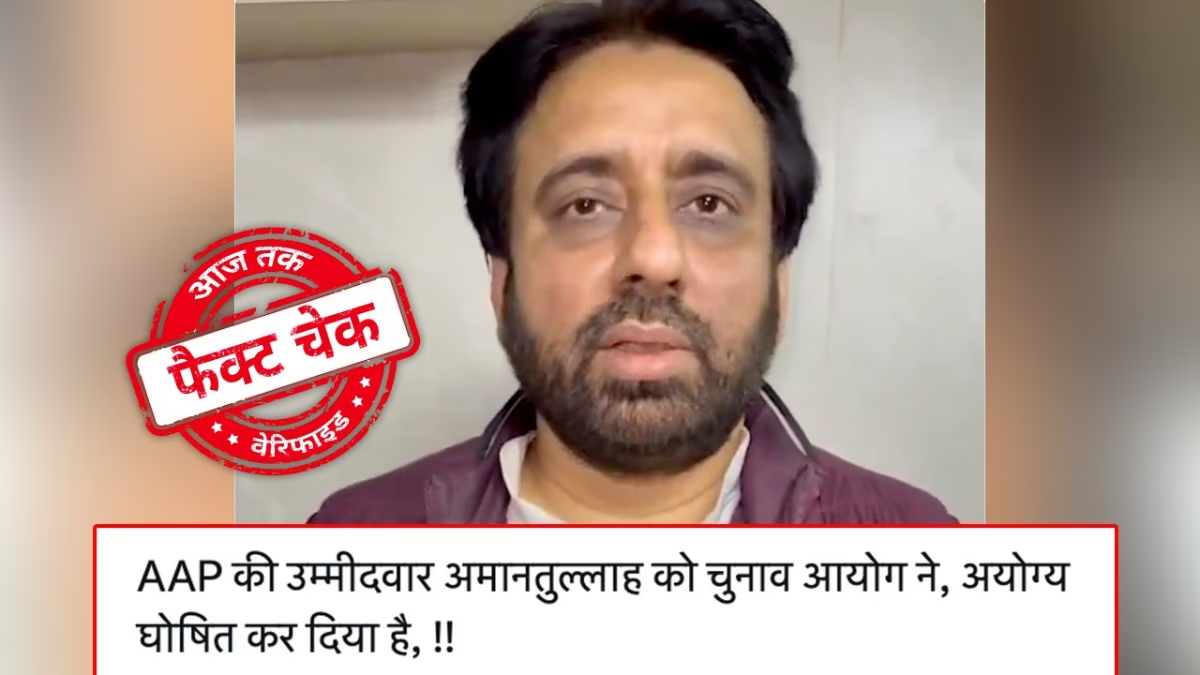Although the outcomes of Delhi's elections will be clear on February 8, one thing is certain: whatever happens in Delhi will be historic. Whether Arvind Kejriwal wins again or BJP emerges victorious. Prior to the results, 11 exit polls have emerged; nine suggest a BJP majority, while two predict a government by the Aam Aadmi Party. Let’s delve into these possibilities one by one...
What if Kejriwal’s Government Isn't Formed?
Based on various exit polls, if Arvind Kejriwal's government isn't formed, what implications could it hold? For the Aam Aadmi Party, originating in Delhi and perceived as a model of governance nationwide, a loss here would be monumental. A defeat would pose a significant personal setback for Kejriwal, potentially raising questions about his political future. The Aam Aadmi Party might challenge the electoral process politically, potentially attributing BJP's victory to alleged fraudulent voters—a claim they have previously brought up. Opposition parties might intensify debates on whether new, fraudulent votes manipulated the results.
India Block partners might criticize Congress for enabling BJP's advantage by splitting votes. BJP will possibly highlight that in Kejriwal and Sisodia's alleged scams, the electorate's judgment has declared them guilty. Claims could arise that the people's court has already ruled on these accusations. Kejriwal's national expansion strategy might face a setback, especially as Congress in Punjab strengthens its defense against him. Kejriwal's alliances with non-Congress parties could be jeopardized.
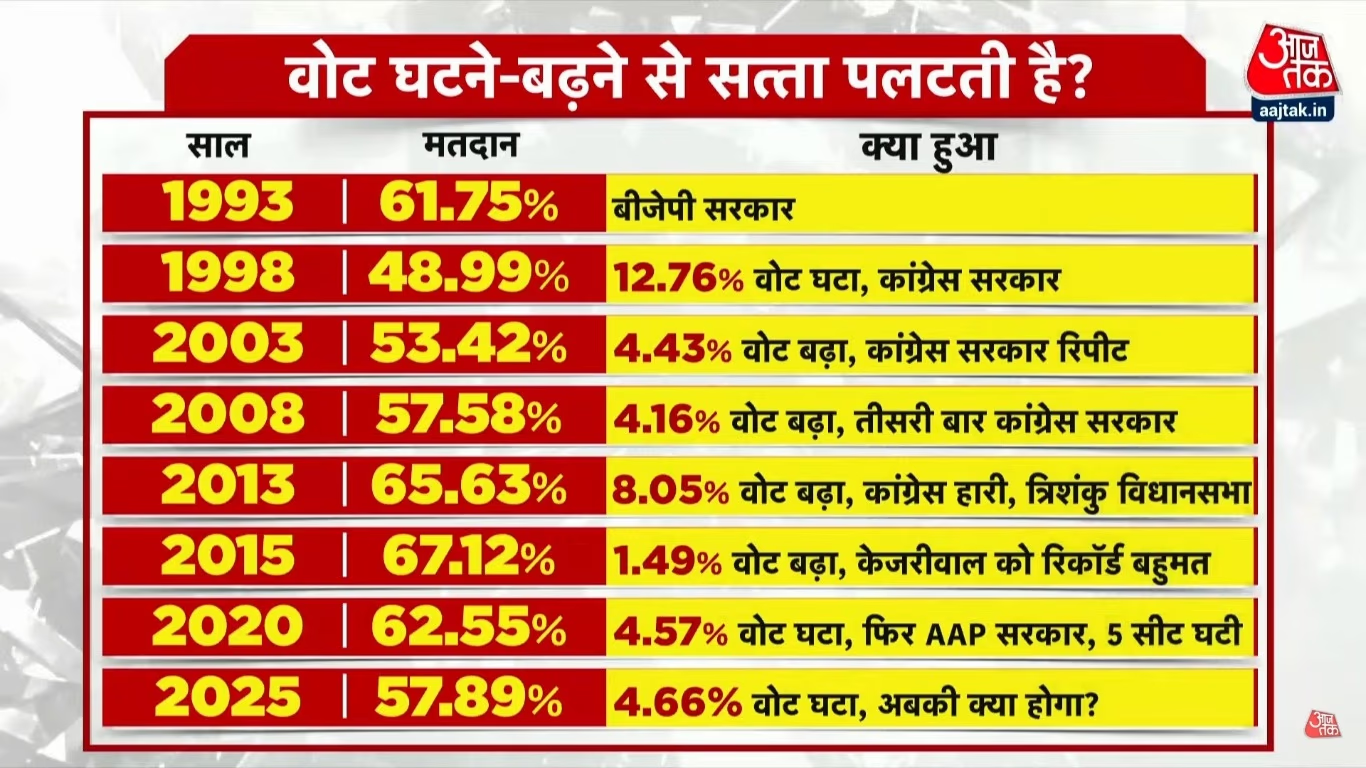
Source: aajtak
(Note: The data as of 5 PM, 2025.)
What if AAP Wins?
If the Aam Aadmi Party wins again, Arvind Kejriwal will become the first leader to serve four terms as Chief Minister of Delhi and defeat Modi’s BJP thrice in assembly elections. AAP’s victory would make Kejriwal the first leader since 2014 to defeat BJP in a state three times consecutively. He would passionately advocate that the accusations against his party are politically motivated, and the people's court has dismissed them. Strengthening his party nationally, Kejriwal might look beyond Gujarat, Punjab, and Delhi for expansion.
Within the India Block, non-Congress parties might rally more firmly around Kejriwal, portraying him as a key player against BJP's ideology, often termed 'freebie politics'. This could spell challenging times for Congress as regional parties may opt to weaken Congress in their showdowns with BJP. States like Bihar might see Congress losing bargaining power in alliances over seat allocations.
What if BJP Emerges Victorious?
What if the electorate opting for change results in BJP's favor on February 8? Securing a win would mark BJP's inaugural government in Delhi in the 21st century and a return after 27 years. For the first time, Delhi would witness a double-engine government under BJP. Winning Delhi could consolidate BJP's stronghold post Lok Sabha elections in Maharashtra, Haryana, and now Delhi. The narrative against Modi might lose traction, bolstering the Modi brand.
BJP's perceived ability in defeating Congress stands, but their challenge against established regional parties might shift if they claim Delhi. Breaking through Delhi would counterbalance prior victories over regional forces in Maharashtra, potentially illustrating BJP’s viability even against formidable local entities. As Bihar elections loom, BJP could find newfound strength, notably in negotiations with JD(U). Political discourse might now suggest that even so-called 'freebies' require strategic counter-tactics.
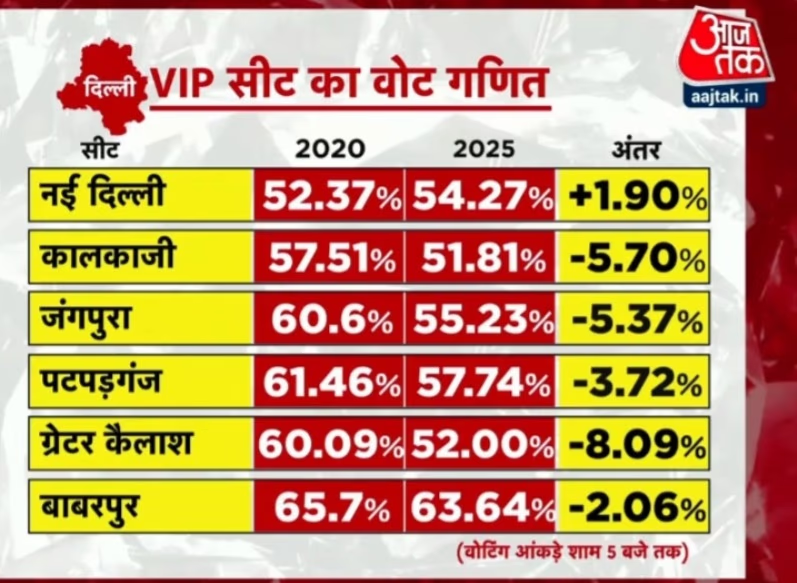
Source: aajtak
What if BJP’s Chances Slip Away?
If, post-voting, BJP fails to secure a victory yet again, the implications would be significant. Despite sweeping all Delhi Lok Sabha seats and major wins in Maharashtra and Haryana, BJP might remain outwards from Delhi's helm. Kejriwal might frame himself as the primary force capable of halting Modi’s triumph rides. Maharashtra and Haryana’s BJP victories might be dismissed as fraudulent by opposition, emphasizing that while BJP can overpower Congress, regional factions pose challenges. People’s preference for Kejriwal’s offers over BJP’s pledges might get highlighted. A loss might indicate sustained public faith in Kejriwal’s more relatable politics.
What Will the People Gain, Regardless of the Winner?
On February 8, whether it be BJP or Kejriwal, the result, as recorded in EVMs, will reflect what the electorate gained. This election highlights that either way, citizens should expect 'freebies'. An interesting revelation is the perceived impact on the middle class, now targeted as a substantial votebank.
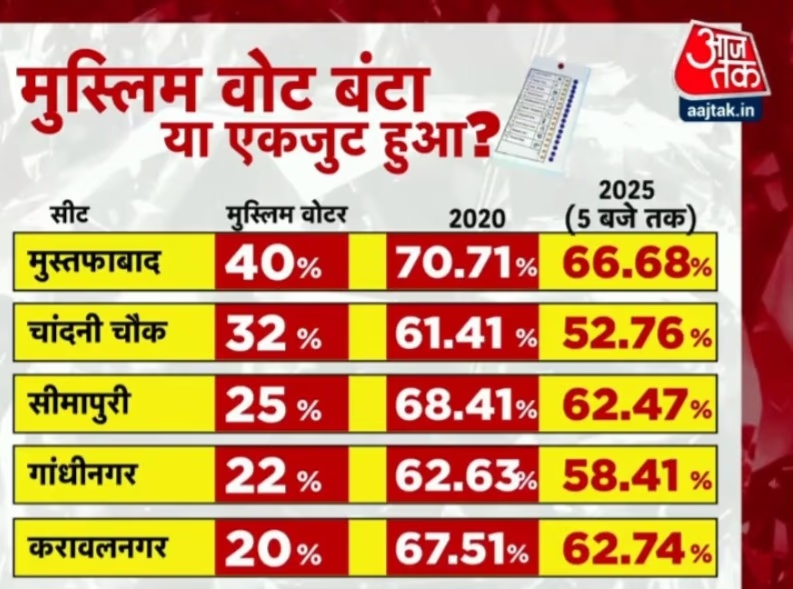
Source: aajtak
Impact of Voting Variations?
Does variation in voting really matter? Analysts argue high turnout reflects a desire for change; low turnout suggests status quo preference. However, can this theory universally apply to Delhi? Looking back, the 1993 assembly elections witnessed over 61 percent turnout, yielding a BJP government. Five years later, turnout dropped by over 12 percent, welcoming Congress into power. In 2003, higher voter turnout reaffirmed Sheila Dikshit’s government. The drastic rise in 2008 turnout resulted in another Congress victory. The scenario shifted in 2013 with a record turnout, revealing a hung assembly as Kejriwal’s party made its debut. The highest ever turnout in 2015 rewarded Kejriwal with a commanding majority. In contrast, 2020 saw reduced turnout yet retained AAP’s government.
How was Voting This Time?
Current figures indicate that turnout isn’t yet publicly detailed compared to 2020, but according to Election Commission data, 60.5 percent voting occurred, about 2 percent shy of the last election figures. With reduced voting, predicting outcomes is challenging as traditional expectations may not align with Delhi's unique trends.

